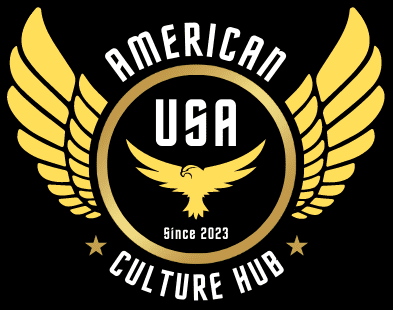In the wake of a devastating surge in fentanyl-related fatalities, brave individuals like Stefanie Turner have emerged as beacons of hope, determined to save lives and raise awareness. Fentanyl, an insidiously potent synthetic opioid, has become a ubiquitous threat, claiming more young lives than any other cause of death in the United States. As Stefanie Turner established “Texas Against Fentanyl” in the memory of her son, we delve into the urgent need to revolutionize the way we educate our children about drug safety. This article explores the critical importance of early conversations with kids, the hidden dangers of counterfeit pills, and the role of social media in drug distribution. Furthermore, it emphasizes the significance of recognizing red flags and, most importantly, the potential lifesaver, naloxone.
The Fentanyl Crisis :
The lethal surge of fentanyl has inflicted immeasurable pain on families across the nation. Fentanyl’s accessibility and overwhelming potency have turned it into a formidable adversary in the battle against drug addiction and overdose deaths. It has eclipsed heroin as the primary contributor to overdose fatalities among Americans under 50. To combat this crisis effectively, we must reshape the way we approach drug education and awareness.
Rethinking Drug Education :
Experts now advocate for initiating conversations about drug safety much earlier in a child’s life. Dr. David Atkinson, a pediatric psychiatrist, emphasizes that parents should start educating their children as early as age 9, instructing them never to take any medication not provided by a trusted adult. Fentanyl’s deceptive nature, often disguised as common prescription medications like Xanax or Percocet, demands a proactive approach. By utilizing relatable stories and emphasizing the dangers, parents can equip their children with the knowledge to make informed choices.
The Hidden Dangers of Counterfeit Pills :
Counterfeit pills containing lethal amounts of fentanyl have flooded the market, masquerading as harmless prescription drugs. These pills are visually indistinguishable from their legitimate counterparts, making them exceptionally treacherous. Parents, like Stephanie and Ryan Vaughn, tragically discovered that even well-intentioned conversations may not suffice. Sienna’s demise after ingesting a fake Percocet highlights the dire need for comprehensive education, including information on how these drugs are packaged.
Social Media’s Role in Drug Distribution:
The digital age has transformed the landscape of drug distribution. Stefanie Turner warns that platforms like Instagram, Snapchat, TikTok, YouTube, and Telegram Messenger have become thriving marketplaces for illicit substances. This digital accessibility has made adolescents more vulnerable than ever. Parents are urged to exercise vigilance by monitoring their children’s online activities and, if necessary, restricting access to their phones at night. This new era of parenting necessitates a proactive approach to safeguarding our youth.
Recognizing Red Flags :
Sometimes, there are no apparent signs of drug use. Thus, it becomes vital for parents to be observant of behavioral changes such as spending time with new friends, declining academic performance, or increased sleep. Stefanie Turner urges parents not to be ashamed to discuss suspicions of drug use. By breaking the silence and seeking help, families can confront the opioid epidemic head-on.
Naloxone: A Potential Lifesaver:
In a time when opioid overdoses are rampant, naloxone emerges as a potential lifesaver. It can swiftly reverse the effects of an opioid overdose when administered in time. Lucas Hill, an expert in pharmacy addiction research, stresses the importance of equipping individuals, especially those with connections to drug users, with naloxone. Its safety, non-addictive nature, and easy administration make it an invaluable tool. With the FDA’s approval of over-the-counter naloxone, accessibility has increased, ensuring that this crucial medication is readily available.
Conclusion :
The fentanyl crisis has thrust us into a new era of drug education and safety. The stories of Stefanie Turner, the Vaughn family, and countless others illustrate the pressing need to address this epidemic comprehensively. Early education, awareness of the dangers of counterfeit pills, vigilance regarding social media, and recognizing behavioral changes are all critical components of safeguarding our youth. Naloxone, the potential lifesaver, should be a household name, readily available to those who may encounter an overdose. As we stand together to combat the fentanyl epidemic, we must remember that knowledge, vigilance, and compassion are our greatest allies. Only through collective effort can we hope to protect our children and loved ones from the insidious grip of fentanyl
